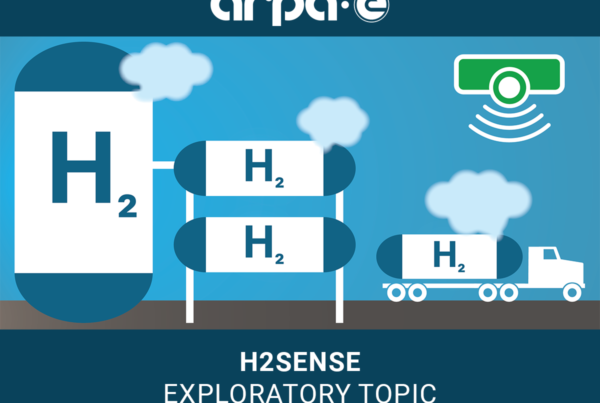
The joint project of Avacon and the German Technical and Scientific Association for Gas and Water (DVGW) is intended to demonstrate that it is technically possible to feed hydrogen into an existing gas network at a significantly higher percentage than previously envisaged in the DVGW’s technical rules.
Devices and systems do not have to be modified for this process. The results of the project serve as a model for the future use of hydrogen in gas distribution networks. Laboratory tests show that many appliances in households can be operated with up to 30 percent hydrogen admixture.
As part of the approval process, all appliances are tested with test gas that already contains 23 percent hydrogen. These laboratory results are to be backed up in the joint project by the experience gained from their use in practice.
Dr Stephan Tenge, Avacon Chief Technology Officer.
In our opinion, green hydrogen is indispensable on the way to a climate-neutral energy supply.
“With innovative projects like this one, we want to demonstrate that our grids can absorb green gas both efficiently and in relevant quantities. In this way, we are underlining the sustainable value of distribution grids as the key to a CO2-free energy supply,”
Prof. Dr. Gerald Linke, Chairman of the Board of DVGW.
Our joint project is an important milestone in the use of hydrogen as an essential component for a successful energy transition.
“We are demonstrating in practice that the existing gas infrastructure, as well as the majority of applications, are fit for hydrogen and are an indispensable asset to lead Germany into a hydrogen economy and make it climate neutral.”
A network section in Avacon’s gas distribution network in the Jerichower Land region of Saxony-Anhalt was selected for the project. This is particularly suitable because the network infrastructure installed there is representative of the entire Avacon gas distribution network and the results are therefore transferable.
The network section is a medium-pressure distribution network with a pipeline length of about 35 kilometres, from which about 350 network customers are supplied with natural gas. With the corresponding amount of gas appliances, which are mainly used for heat supply, the selected network section covers a wide range of appliance technology.
In the first stage of the project, in cooperation with the “Gas- und Wärme-Institut Essen” (GWI) and the gas appliance manufacturers, all the gas appliances installed at the customers were recorded and checked both for operational and safety aspects and for hydrogen compatibility.
Overall, almost 100 percent of the gas installations with gas appliances surveyed so far have been rated positively. Only four unsuitable appliances are being replaced by modern hydrogen-compatible new appliances.
Parallel to the inspections of the installed technology, the technical planning and construction of the hydrogen admixture plant was underway. This is scheduled to go intooperation at the end of the year.
This will mark the beginning of the blending phase in the next phase of the project. The injection of hydrogen is planned over the two heating periods 2021/22 and 2022/23 in stages of 10, 15 and 20 percent hydrogen admixture.
When the system is commissioned at the end of 2021, ten percent hydrogen will be added to the natural gas over a period of about four weeks in the first stage, which is still within the admixture level covered by the DVGW regulations.
In about one third of the gas appliances, random measurements of the combustion quality are carried out with measurements of the actual hydrogen content on site in order to scientifically accompany the feed-in at all feed-in stages.
Step by step, in increments of five percent, the maximum hydrogen admixture is to be reached up to 20 percent. The 15 percent blending phase is planned for the first quarter ofAfter an evaluation, the target concentration of 20 percent hydrogen is to be reached
at the end of the heating period.
Another 20-percent admixture phase will follow over several weeks in the 2022/23 heating period. In addition to blending as uniformly as possible, volatile feed-ins are also planned in order to replicate the volatile renewable energies as hydrogen sources and to investigate the effects of fluctuating hydrogen contents in the stock.
In addition to renewable electricity, green gases will become indispensable as a storage
medium and energy carrier in all sectors in the coming decades. For this reason, E.ON is
making the existing gas infrastructure H2-ready and wants to play a pioneering role in the
hydrogen economy of the future.
With numerous projects, E.ON is already broadly positioned – from the decentralised generation of hydrogen to the grid integration of hydrogen and the supply of customers.
Read the most up to date Fuel Cell and Hydrogen Industry news at FuelCellsWorks




